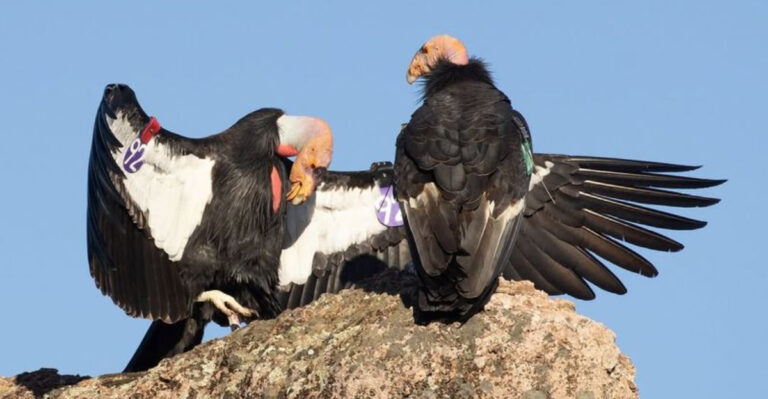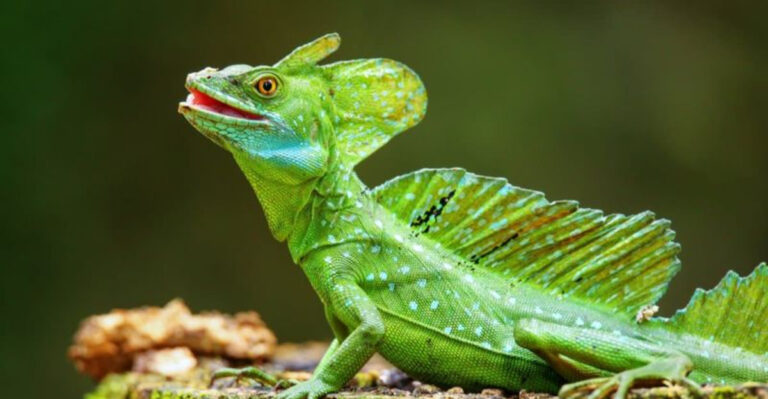World’s Largest Scorpion Ever Found In The U.S. Was Larger Than Humans

Imagine walking along a prehistoric shoreline and encountering a scorpion bigger than yourself! While modern scorpions might give you the creeps, they’re nothing compared to their ancient relatives.
Eurypterids, commonly known as sea scorpions, once ruled Earth’s oceans millions of years ago. These massive creatures left behind fossils that tell an incredible story of some of the largest arthropods to ever exist, including specimens discovered right here in the United States.
The Jaekelopterus Rhenaniae – A True Water Monster
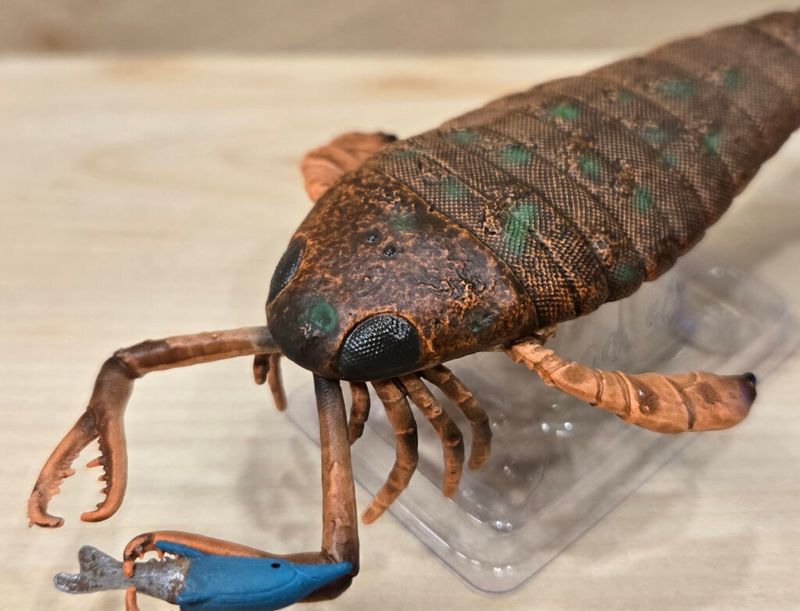
Before dinosaurs roamed the Earth, massive sea scorpions dominated ancient waters. The Jaekelopterus rhenaniae, discovered in Germany but with relatives found in American fossil beds, stretched an astonishing 8.5 feet long – taller than most basketball players!
These creatures weren’t actually true scorpions but belonged to an extinct group called eurypterids. Their fossilized remains show they possessed large, powerful claws that could easily snatch prey.
The American cousins of this beast left impressive fossil evidence in states like New York and Ohio, where ancient seas once covered the landscape.
New York’s Prehistoric Sea Monsters
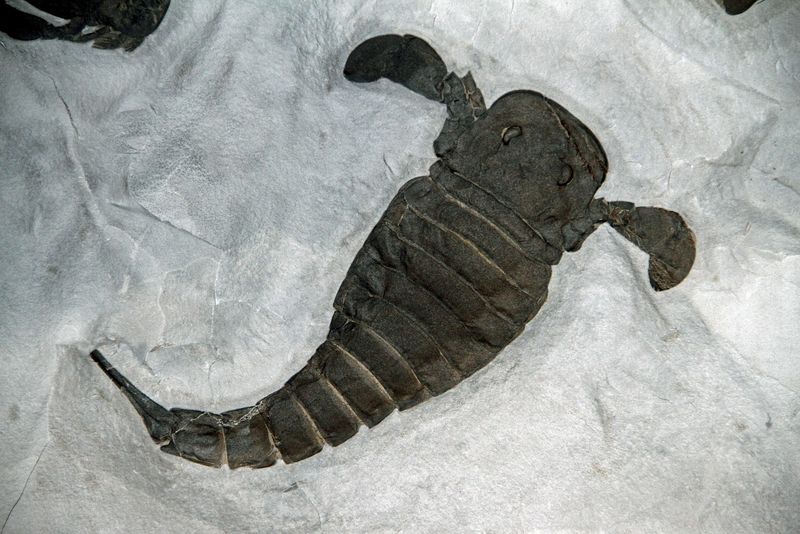
The Empire State holds an unexpected title: home to some of America’s most impressive eurypterid fossils. Ancient rock formations throughout New York have yielded remarkable specimens, including some reaching over 6 feet in length.
During the Silurian period (around 420 million years ago), much of New York lay underwater, creating perfect conditions for these massive arthropods to thrive. The state’s fossil record is so rich that in 1984, New York named the eurypterid its official state fossil.
Fossil hunters continue to make discoveries in the Bertie Formation, a fertile hunting ground for these ancient sea scorpions.
Claws That Could Crush Bone
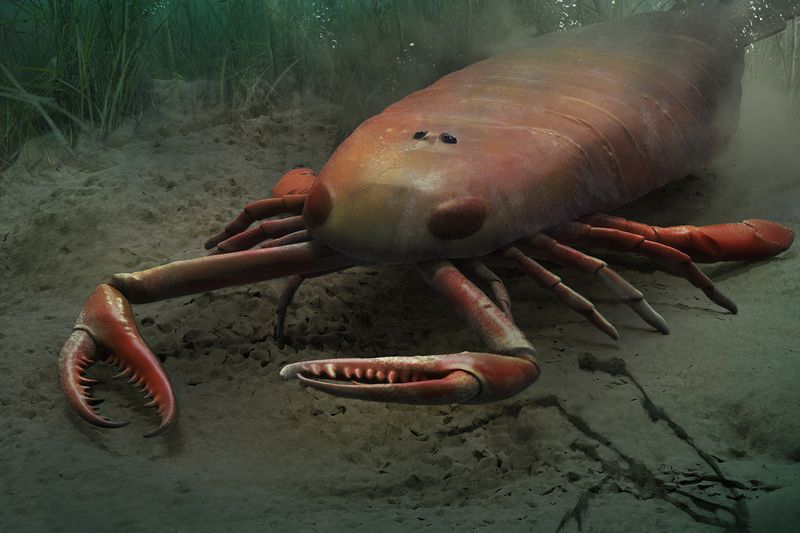
Armed with formidable weapons, these prehistoric sea scorpions sported front appendages that would make modern lobsters jealous. Fossilized claws from American specimens reveal serrated edges perfect for gripping slippery prey or tearing flesh.
Scientists studying these appendages determined they could exert enough force to pierce the hard shells of other marine creatures. Some species had specialized adaptations – claws lined with sensory hairs to detect movement in murky waters.
The largest specimens found in U.S. deposits suggest these creatures could potentially capture prey the size of a small dog with a single snatch of their powerful pincers.
Swimming With Deadly Precision
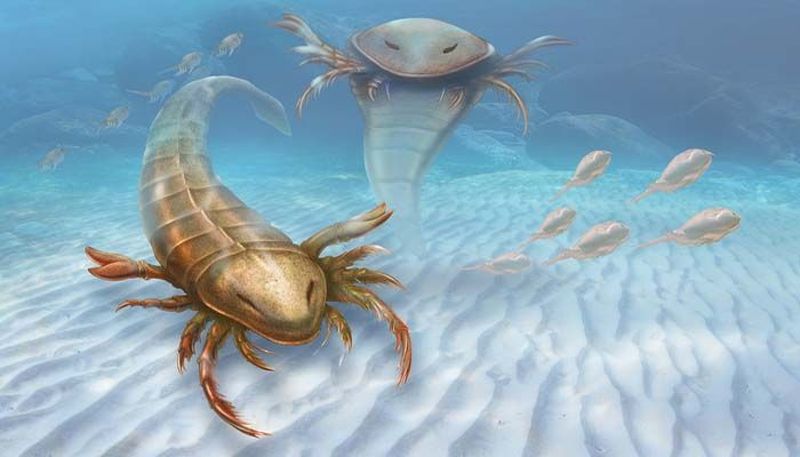
Unlike their modern scorpion relatives, these giants were primarily aquatic predators. Fossils found across America reveal paddle-like rear limbs that propelled them through ancient seas with surprising speed and agility.
Their streamlined bodies, despite their massive size, allowed them to move efficiently through water. Some species could likely reach speeds similar to modern crabs when pursuing prey.
Trace fossils – marks left in sediment – show evidence of how these creatures moved along the seafloor. Researchers believe they could transition between swimming freely in the water column and walking along the bottom, making them versatile hunters in their underwater domain.
The Oklahoma Giant – America’s Colossal Discovery
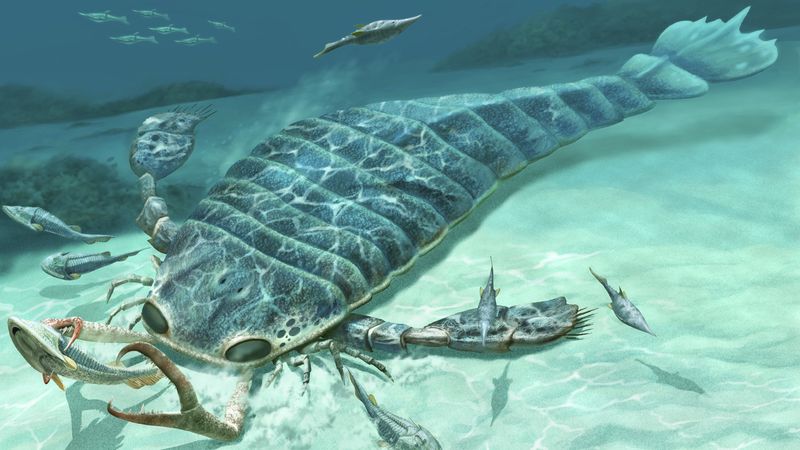
In the 1990s, Oklahoma yielded one of America’s most impressive eurypterid specimens. Paleontologists uncovered fragments suggesting a creature that may have reached 7 feet in length – easily taller than most humans!
The discovery came from ancient marine deposits dating back approximately 250 million years. This finding was particularly significant because it represented one of the last known giant eurypterids before their extinction.
The Oklahoma specimen belonged to a group called stylonurids, characterized by their spear-like tails and elongated bodies. Its massive size suggests these creatures remained apex predators right until the end of their evolutionary journey.
Breathing Both In And Out Of Water
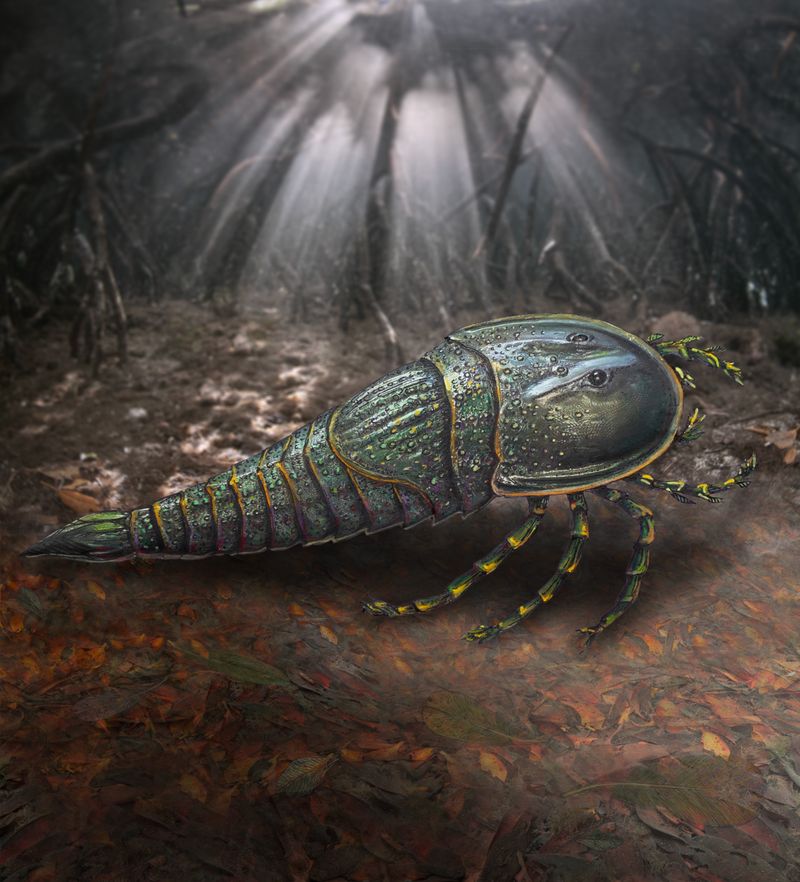
Perhaps the most fascinating aspect of American eurypterid fossils is evidence suggesting some species could venture onto land. Certain specimens show specialized gill structures that might have functioned similarly to primitive lungs, allowing brief excursions out of water.
This adaptation gave these creatures an incredible advantage – they could pursue prey escaping to shallow waters or even short distances onshore. Imagine encountering an 8-foot scorpion-like creature emerging from the waves!
Trackway fossils discovered in eastern United States show patterns consistent with these massive arthropods dragging themselves across mudflats. This ability to transition between environments may explain why they were such successful predators for over 200 million years.
Eyes That Could Track Moving Prey
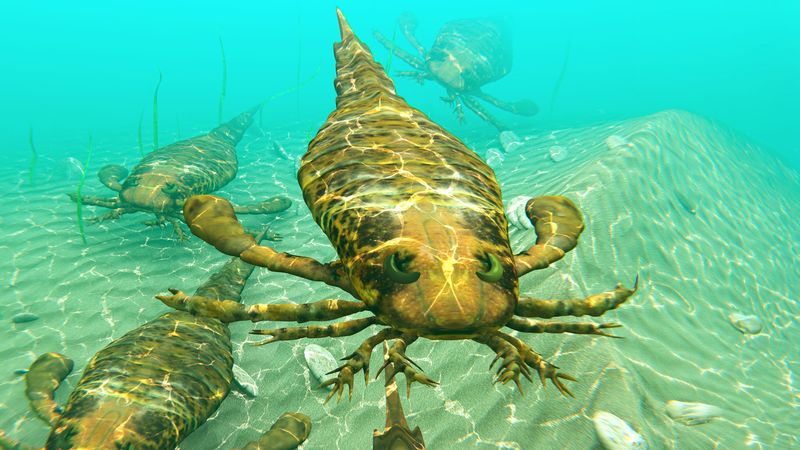
Exceptionally preserved American eurypterid fossils reveal sophisticated compound eyes similar to modern insects but dramatically larger. Some specimens show eyes nearly two inches across, containing thousands of individual lenses!
These visual organs gave the creatures excellent motion detection, crucial for hunting in the murky waters of ancient seas. Researchers studying these eye structures believe they provided nearly 360-degree vision.
Particularly impressive specimens from New York state show specialized adaptations that likely allowed these predators to hunt in low-light conditions. Their visual capabilities, combined with their size and speed, made them formidable hunters that could track and intercept prey with remarkable precision.
The Pennsylvania Sea Scorpion Graveyard
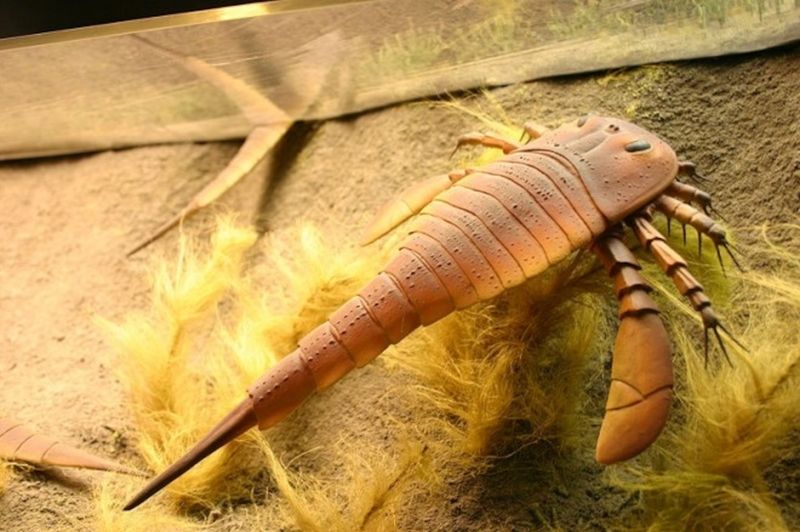
One of America’s most remarkable eurypterid discoveries came from Pennsylvania, where scientists uncovered what appears to be a mass death assemblage. Dozens of specimens were found clustered together, suggesting these giants may have gathered for mating or molting when disaster struck.
The preservation quality is exceptional, with some fossils showing fine details of external anatomy and even hints of internal structures. This site has provided invaluable insights into eurypterid biology and behavior.
The Pennsylvania specimens represent multiple species and size ranges, from juveniles to massive adults over 6 feet long. This diversity suggests these creatures had complex social structures rather than being solitary hunters.
The Terrifying Tail Spike
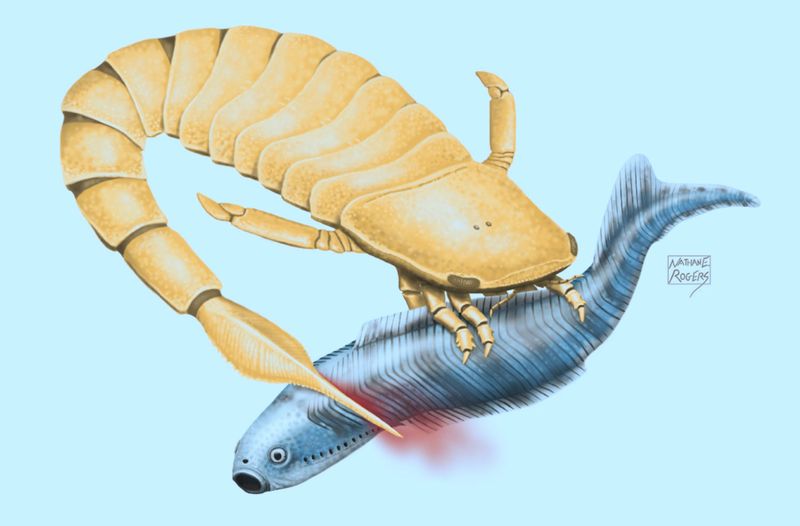
American eurypterid fossils frequently showcase a feature that would make anyone nervous – a long, pointed tail spike or telson. In the largest specimens, this weapon could measure over a foot in length, sharp enough to pierce the shells of other marine creatures.
Unlike modern scorpions, these ancient relatives probably didn’t possess venom. Instead, the tail spike likely served multiple purposes – defense against larger predators, stabilization while swimming, and possibly for competitive displays during mating seasons.
Particularly impressive specimens from Wisconsin show evidence of repeated use, with microwear patterns suggesting these creatures actively employed their tail weapons throughout their lives.
The Last Of The Giants – Why They Vanished
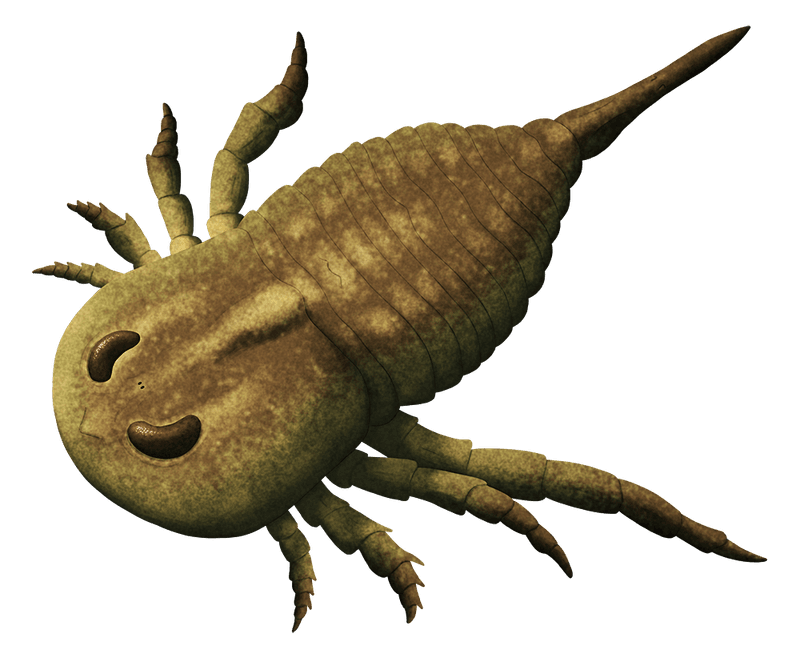
America’s fossil record tells the final chapter of these magnificent creatures. The youngest eurypterid fossils in North America date to around 250 million years ago, coinciding with the devastating Permian-Triassic extinction event that wiped out nearly 95% of marine species.
Climate change, shifting ocean chemistry, and competition from newly evolving predators all contributed to their downfall. The last American specimens show decreased size compared to their earlier relatives, suggesting the giants were already struggling before their final extinction.
Their legacy lives on through their distant relatives – modern horseshoe crabs, which still crawl along America’s eastern shores as living fossils, virtually unchanged for millions of years.

